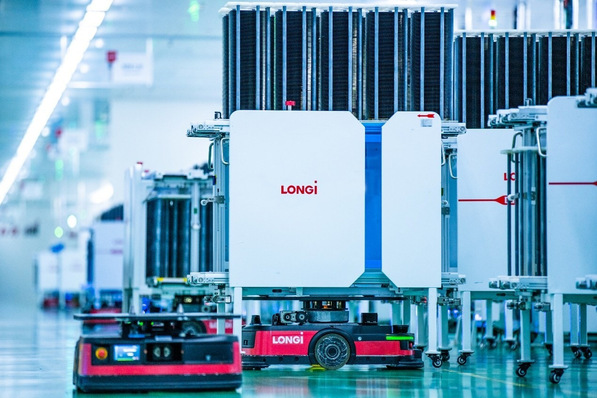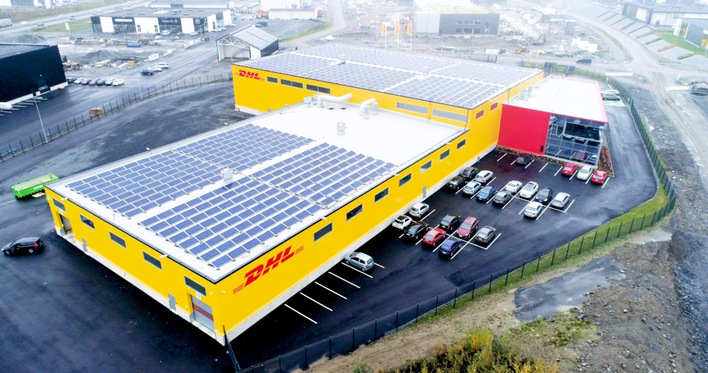The solar energy sector stands at the forefront of the energy transition, tasked with ensuring a stable, reliable power supply while driving progress toward ambitious sustainability goals. As demand for clean energy surges, the industry must navigate challenges like grid integration, storage solutions, and fluctuating weather conditions—all while maintaining efficiency and adaptability. The question is clear: how can solar energy providers meet these demands while setting new standards for operational resilience?
A global shift is underway toward renewable energy grids, advanced storage solutions, and cutting-edge technologies. Tools such as the Industrial Internet of Things (IIoT), artificial intelligence (AI), and cloud technologies enable real-time monitoring, predictive analytics, and seamless integration with traditional systems. These innovations allow energy companies to optimize load balancing, protect equipment, and enhance reliability by analyzing electricity demand, consumption trends, and weather patterns.
The untapped potential of data
Data is pivotal in this transformation. Energy companies managing vast, distributed power grids rely heavily on structured, reliable information. Digital twins—virtual replicas of physical assets or systems—are gaining traction in the sector. These twins combine data on geometry, physical properties, and environmental factors from multiple sources, enabling real-time monitoring and predictive analysis.
Also see: Artificial intelligence – The key to transforming renewable energy systems?
A hybrid or cloud-based digital twin fosters collaboration by providing all stakeholders with a unified, accurate data source. This enhances transparency and coordination across teams and partners in the value chain. For energy providers, this level of insight enables precise, data-driven adjustments, boosting operational flexibility and decision-making.
The need for real-time insights
Despite the availability of advanced tools, a gap remains in accessing real-time data. According to AVEVA's Industrial Intelligence Index Report, 55% of energy executives report rarely or never having real-time data when making critical decisions.

Aveva
In order to leverage these benefits, all energy providers need to look for pioneer projects in their field so they can learn from each other—no matter the energy source.
For example, Swedish energy giant Vattenfall addressed this challenge by modernizing its hydropower plants. With 11,475 megawatts of capacity and an annual production of 40 terawatt-hours, Vattenfall's outdated maintenance systems relied on static data, necessitating reactive measures. To transition to a proactive approach, Vattenfall adopted the AVEVA PI (Plant Information) system, integrating historical and real-time data for advanced monitoring and analysis.
An example in modernization
Vattenfall's AVEVA PI implementation allowed the company to perform condition-based monitoring using real-time data and automated alerts. This shift minimized unplanned maintenance, reduced downtime, and improved efficiency. Within a year, maintenance costs dropped by 1.5%, operational reliability improved, and the groundwork was laid for a future hydro information portal providing real-time KPIs and analytics.
Also see: Ioannis Chatzichristofis – “a key prerequisite is the modernization of the Polish electricity grid”
Magnus Holmbom, Development Engineer for Maintenance at Vattenfall, highlighted the platform's scalability and its role in ensuring planned, rather than reactive, maintenance. The pilot project showcased how digital transformation can reduce costs, enhance sustainability, and boost operational efficiency.
The role of AI in maintenance
Building on systems like Vattenfall’s, artificial intelligence is taking predictive maintenance further. Generative AI and machine learning models are now used to estimate the remaining useful life of equipment. Unlike traditional monitoring systems, which rely on static intervals, AI-driven approaches analyze sensor and operational data for subtle performance changes, enabling earlier fault detection and process stabilization.
Also see: Expert analysis - How to approach battery energy storage systems in Europe
Condition-based maintenance, supported by AI, offers a proactive way to enhance plant reliability and efficiency. By identifying anomalies early, energy providers can prevent costly disruptions and maximize the lifespan of their assets.
Technology as the catalyst for change
The energy sector is navigating complex challenges, including stringent climate targets, operational efficiency, and volatile markets. Data-driven technologies are becoming indispensable tools for addressing these issues. By leveraging real-time insights, predictive analytics, and AI, energy companies can achieve greater sustainability, resilience, and adaptability.
As these advancements reshape the industry, energy providers are not just managing change—they are leading the way toward a sustainable, efficient, and reliable energy future. (Sue Quense/hcn)
More about Aveva








